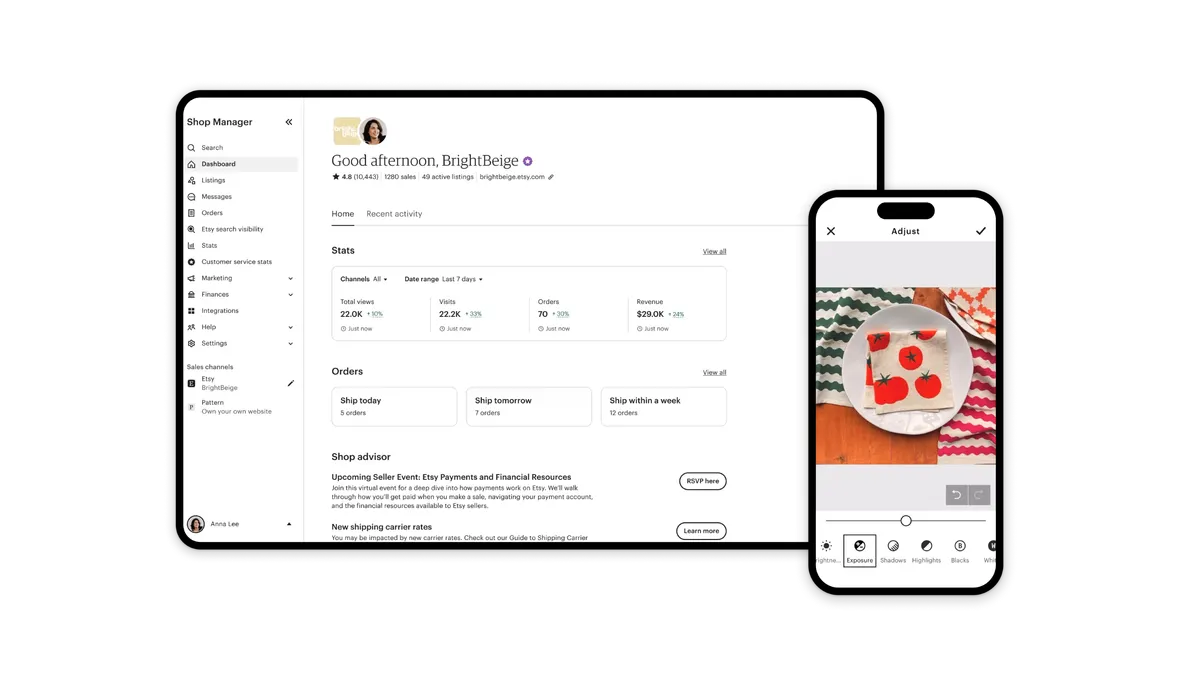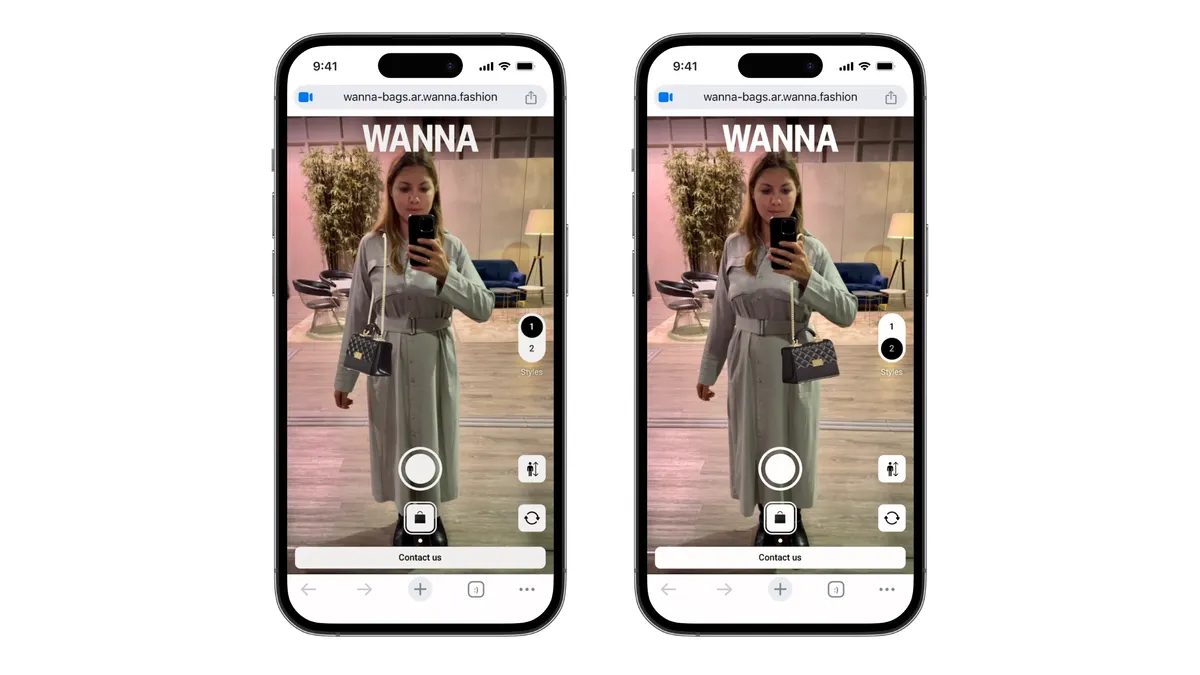While some industry watchers may cringe at the sheer vagueness of the word “omni-channel,” it’s an idea that needs to be seriously considered by retailers invested in both online and in-store operations. And while the need for clear communication between every network can be daunting, omni-channel — when utilized efficiently — is giving multi-channel retailers a fighting chance, to not only to compete with, but to win against, e-retail giants like Amazon.
Through unique content and a memorable brand experience across all channels, retailers can stay competitive with smart omni-channel operations. Here’s how, according to some of those in the business.
Stay consistent
One key to a successful multi-channel operation is a consistent brand image within all consumer interactions — apps, online sites and physical stores. And for many retailers, this consistency has to start with a cohesive strategy between the top executives.
“I think the biggest key for [Lovesac] and for anyone else out there is to get the right leadership team in place,” said Darren Johnson, Lovesac’s vice president of digital strategy and product development, said at the onging eTail East conference. “This is first and foremost the biggest piece of the puzzle.”
With a united front, retailers can compare information across all channels, evaluating which shopping channel is the best to drive sales or provide inspiration and customer service, he said.
Cricket Whitton, director of marketing and e-commerce at Design Within Reach, says that her company is so invested in brand consistency that it only offers sales and promotions when they are available across all channels. The company also has a wish list feature that can be accessed on multiple devices, along with a feature to schedule in-store appointments online.
It’s not all about the sale
With a unified team, the brand has the opportunity to not only be a unified retail destination, but also an expert within the category that they are selling in.
In the past, a customer’s experience with a brand ended when they exited the store. These days, the experience is always on, with the customer almost always connected to a digital channel. Giving consumers useful tools that go beyond buying helps retailers capture their attention, perhaps also garnering loyalty to the brand.
With omni-channel operations, retailers have the opportunity to impress and retain customers through multiple tools. For example, a successful outdoor retailer can offer gear in-store, maps to the nearest brick-and-mortar location on its app, and camping trip tips on its online blog. While some of these channels never really result in a sale, both the app and online blog help raise consumer loyalty and trust, increasing the chance of repeat purchases.
Bring digital in-store, and in-store to digital
While there may be certain services unique to both brick-and-mortar and digital operations, retailers can tweak the best of each channel to fit the needs of customers, whether they visit in-store or online.
Some of the tools retailers can use to replicate an in-store experience online include providing “rich media content,” according to Craig Wax, CEO of business video solutions firm Invodo. This may include video with 360-degree spin, 3D room decorating, and live chat — a service that Lovesac found was preferred more by customers than service calls.
But with these interesting online experiences, Wax warns that a retailer’s in-store customer service must match the level of service found on the Internet. Online stores are what Wax calls a company’s “best sales associate,” offering a range of information at an instantaneous speed. In-store associates must be trained and equipped to offer this same level of service to retain customers and drive brick-and-mortar sales. Beacons and employee operated tablets can help with this transition, guiding consumers to a wanted item or helping a sales associate access the company’s entire inventory while helping a customer.
“It’s about the personal touch,” said Arthur Lachman, senior vice president and business development at Moret at eTail East. And in the end, these innovations are what set a brand apart from Amazon and other e-commerce competitors, whether they are utilized online, on the phone, or in person.
Would you like to see more retail news like this in your inbox on a daily basis? Subscribe to our Retail Dive email newsletter! You may also want to read Retail Dive's look at Etsy's quiet retail revolution.



















